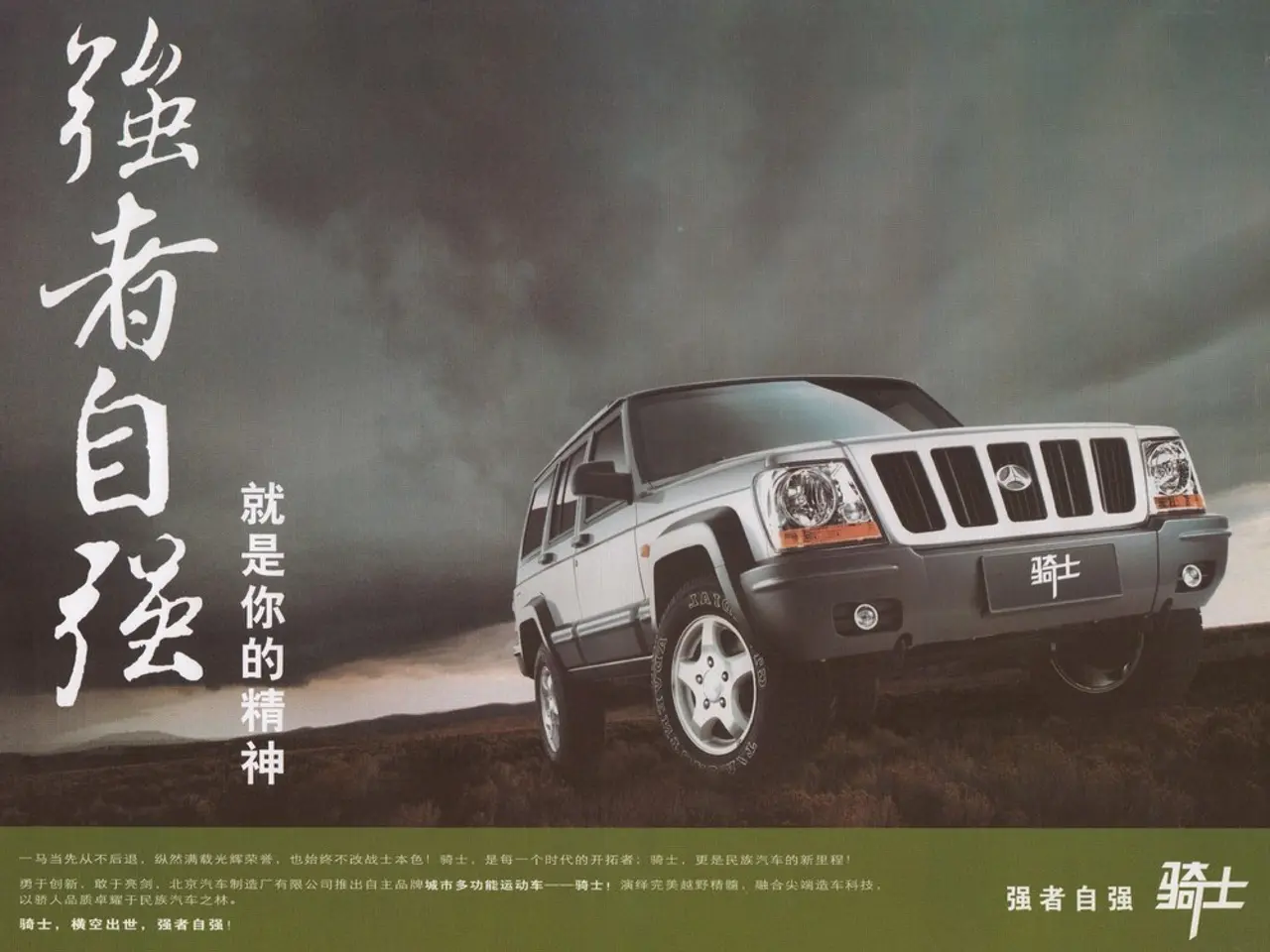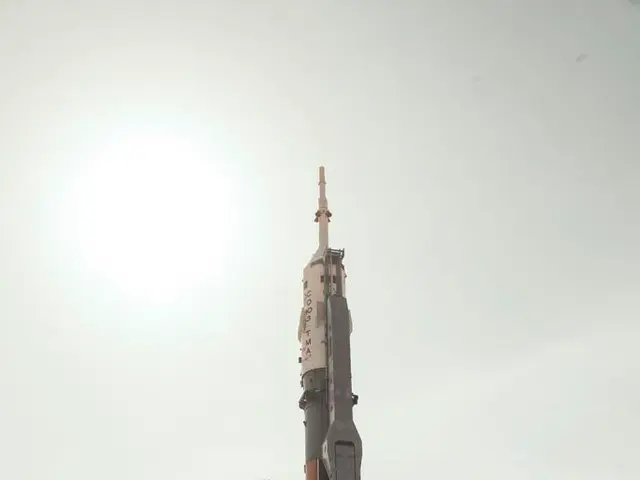China's moon landing mission edges closer to history as successful trial of the lunar lander takes place
China Achieves Major Milestone in Crewed Lunar Mission
China has made significant progress in its lunar mission program, with the successful completion of the first comprehensive landing and takeoff test of its manned lunar lander, named Lanyue, on August 6, 2025. This test, conducted at a facility in Hebei province, marks a crucial breakthrough for China's space exploration ambitions.
The Lanyue lunar lander is a two-part vehicle designed to transport a two-person crew between lunar orbit and the Moon's surface. It consists of a landing module and a propulsion module, capable of carrying a lunar rover and scientific instruments. After landing, the lander will serve as a life-support hub, energy supply center, and data collection base to support crew activities on the lunar surface.
The test site was designed to simulate lunar terrain and lighting, with giant tether towers mimicking the moon's gravity. The engines and thrusters of the Lanyue lunar lander were observed igniting during a simulated descent and takeoff, as shown in CCTV footage.
In parallel, China's Long March-10 rocket, intended as the launch vehicle for these lunar missions, recently completed a successful static firing test of its seven first-stage engines at the Wenchang Space Launch Site. This rocket will launch the lander into a trans-lunar injection orbit as part of the mission architecture.
China's strategy for landing astronauts on the moon involves two launches using its Long March rockets. Once in lunar orbit, the two vehicles will dock, allowing two astronauts to transfer from the Mengzhou spacecraft to the Lanyue for the final descent to the lunar surface.
This successful test is considered a major milestone for China's crewed lunar mission. The plan is part of an effort to establish a sustainable power source for future lunar habitats and research facilities. Notably, China aims to have astronauts conduct scientific work including lunar sample collection and return by 2030.
Meanwhile, NASA recently announced an ambitious plan to launch a nuclear reactor to the moon by 2030. The subsequent Artemis III mission, which aims to land astronauts on the moon, is still planned for mid-2027, but the timeline is subject to change due to ongoing delays with the development of SpaceX's Starship Human Landing System.
This new development in China's lunar mission program comes amid a new "space race" with China and Russia. The Lanyue lunar lander is set to play a crucial role in China's plans for a sustainable lunar presence, paving the way for future manned missions and scientific exploration.
References: 1. China's manned lunar lander Lanyue completes first landing and takeoff test 2. China's Long March-10 rocket completes successful static firing test 3. China plans to conduct crewed lunar landing mission by 2030 4. China's crewed lunar mission: key milestones and challenges 5. China's manned lunar lander Lanyue completes first landing and takeoff test
- The successful test of China's Lanyue lunar lander signifies a significant step forward in steering innovation in robotics and science, particularly in space-and-astronomy, as it prepares for future manned missions.
- With the completion of the first comprehensive landing and takeoff test, China's environmental-science sector is bolstered, aiming to collect lunar samples and establish a sustainable power source for future lunar habitats by 2030.
- China's achievement in crewed lunar missions fosters competition in the field of technology and space exploration, marking a renewed "space race" involving countries like China and Russia.




